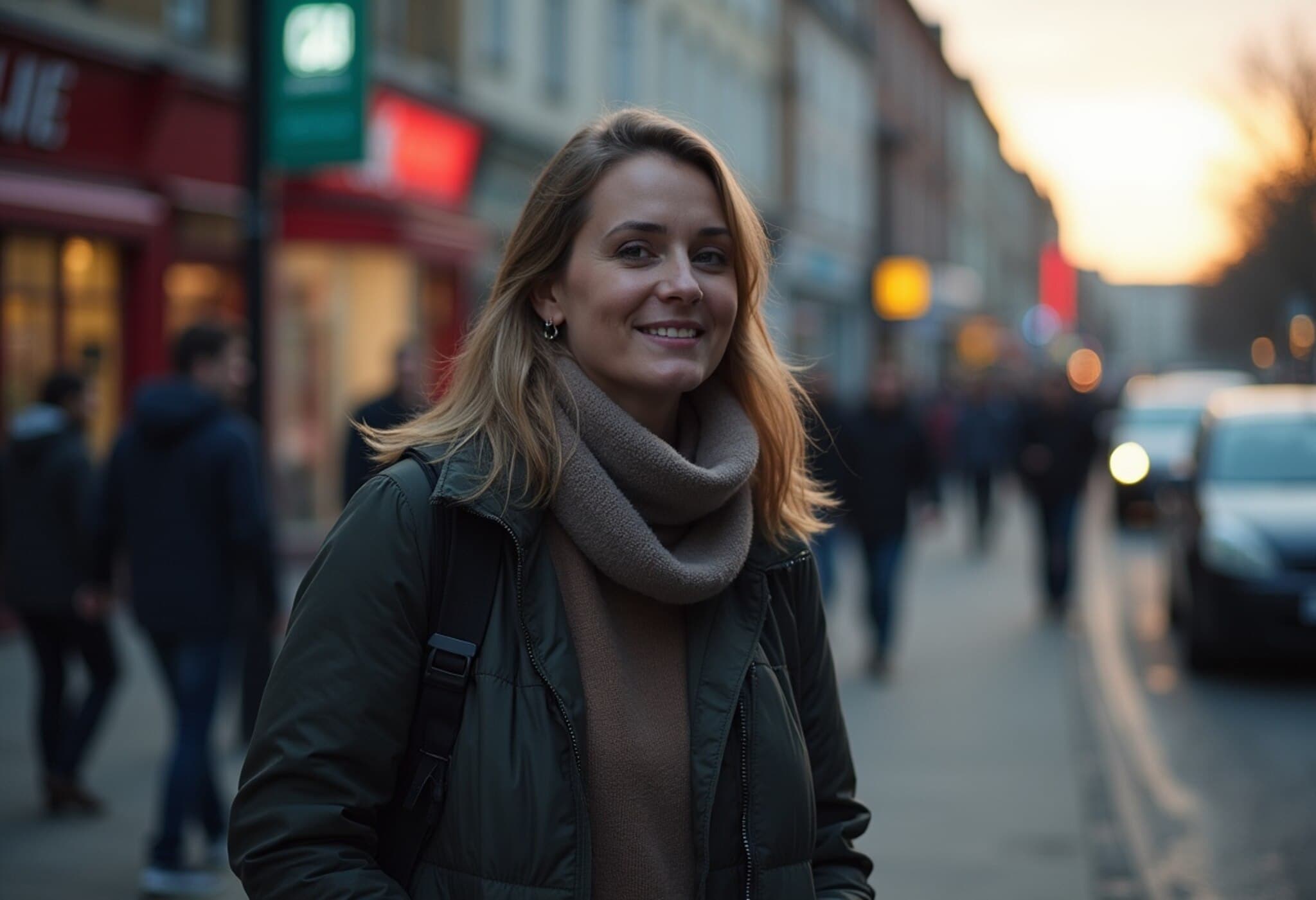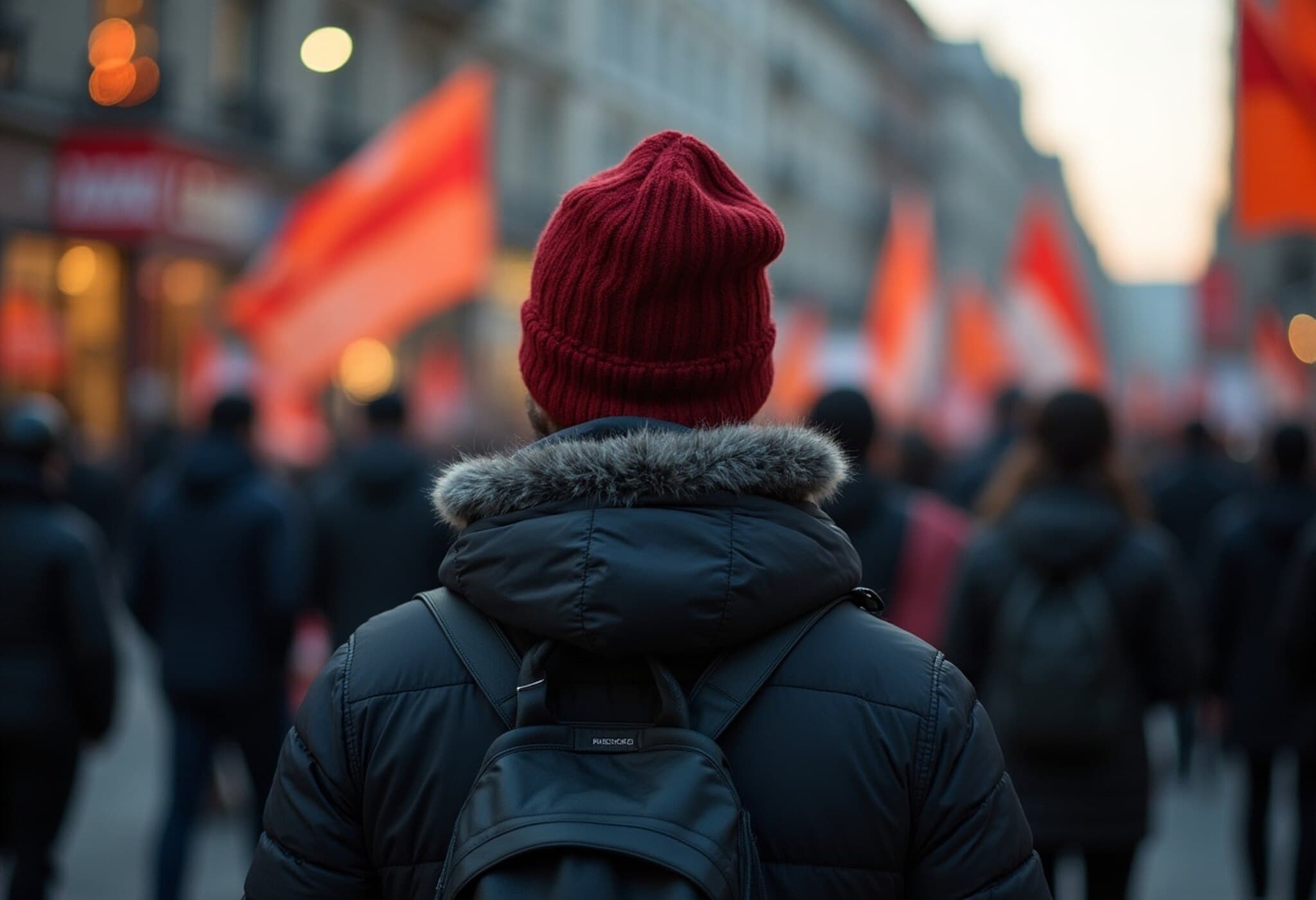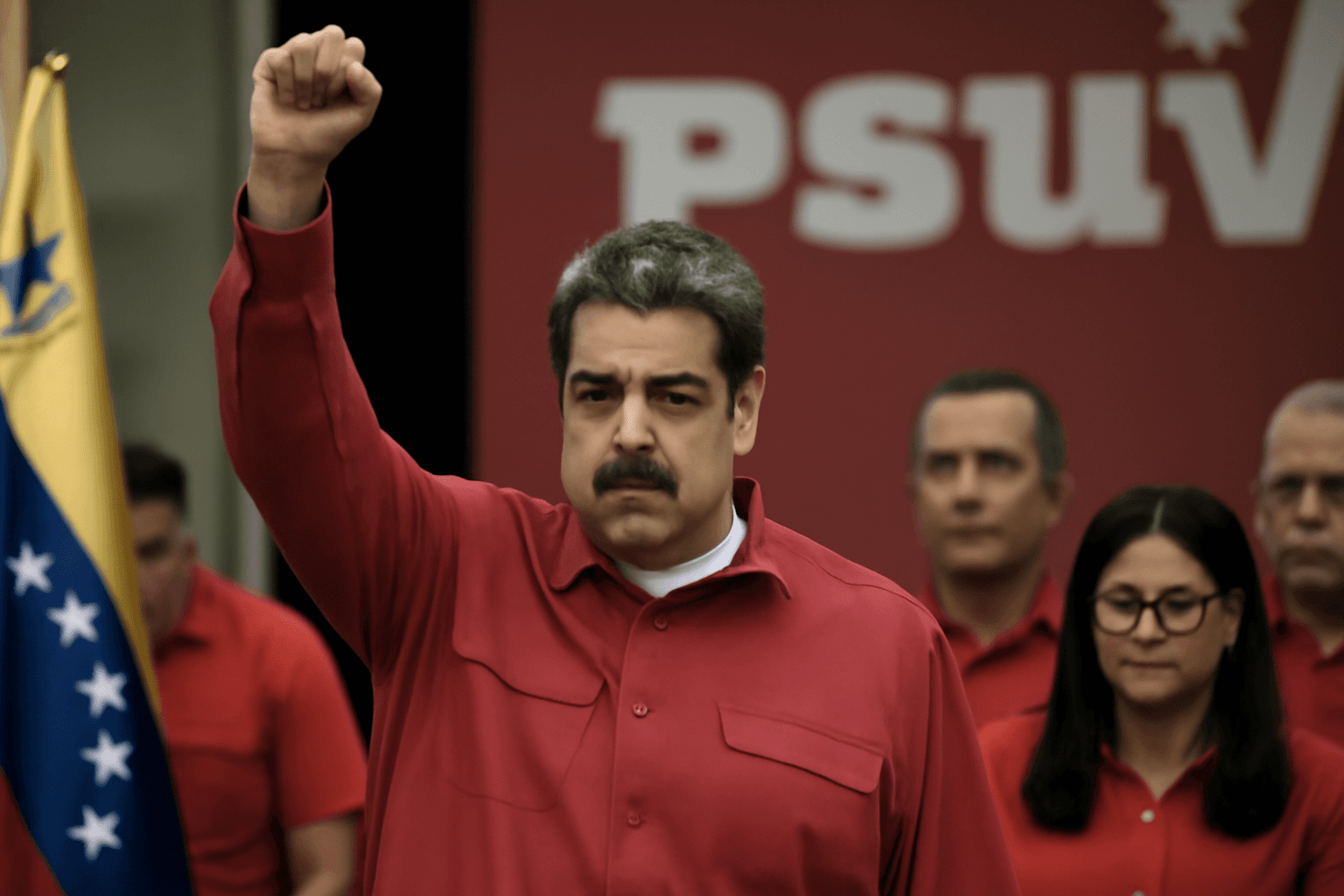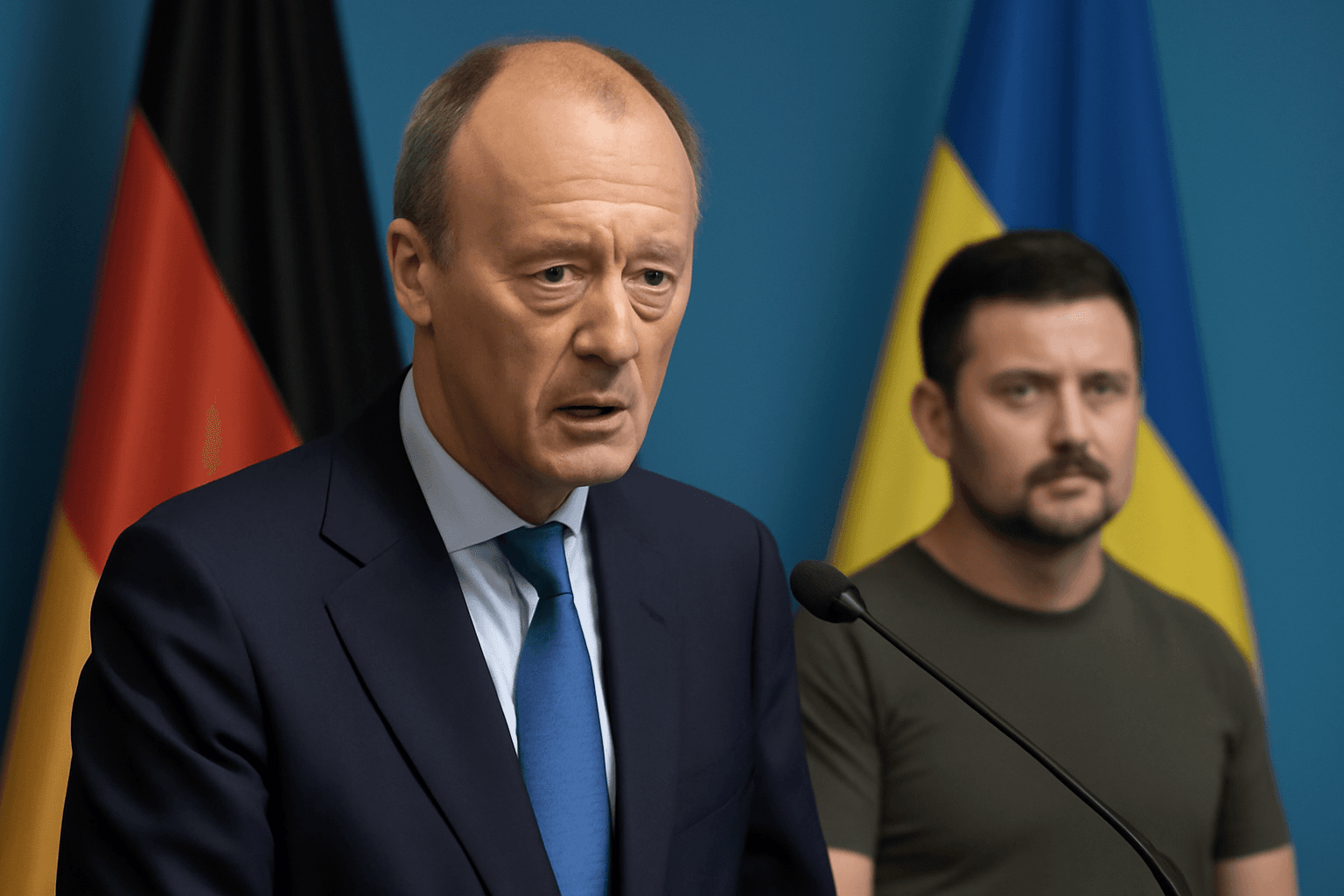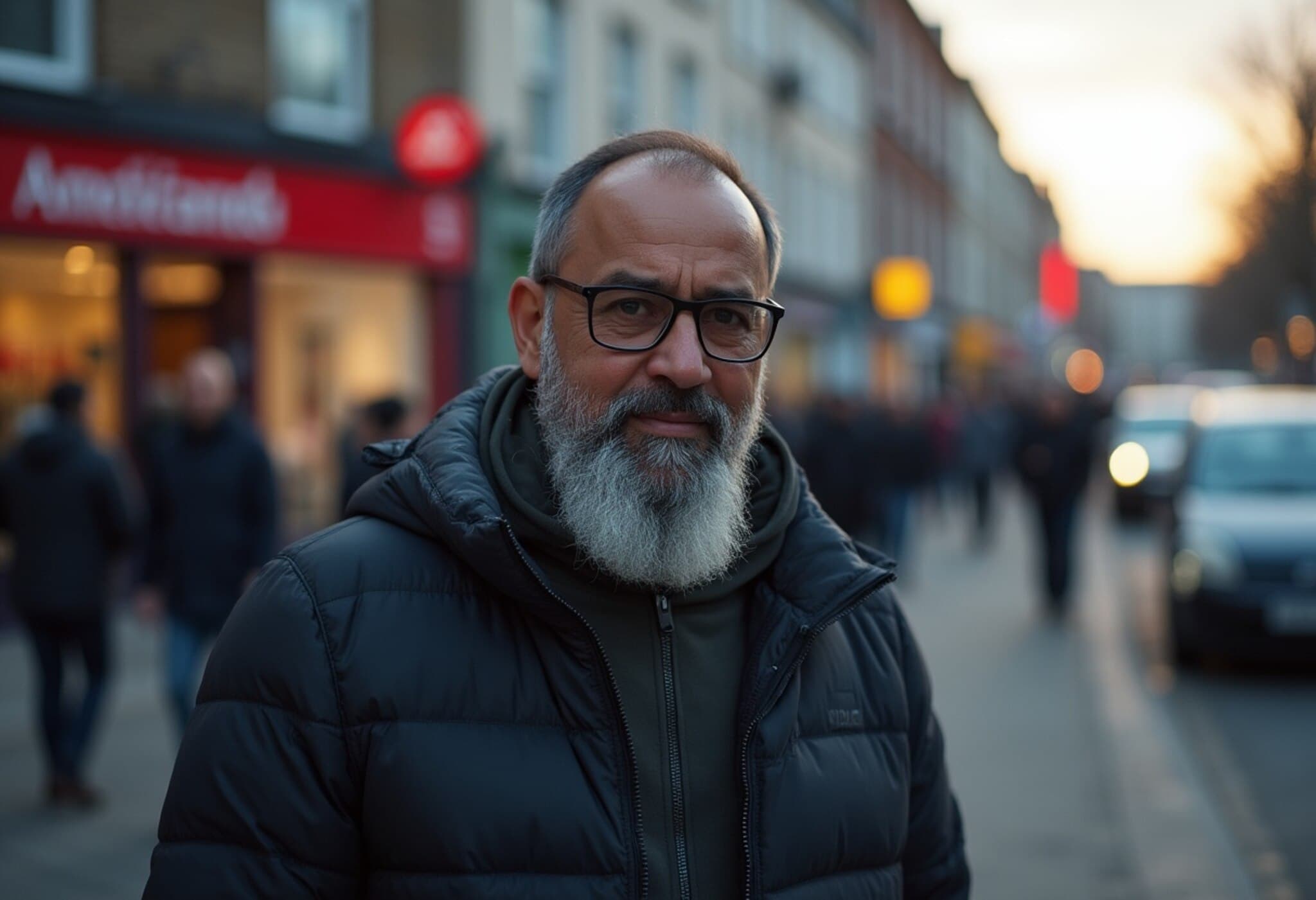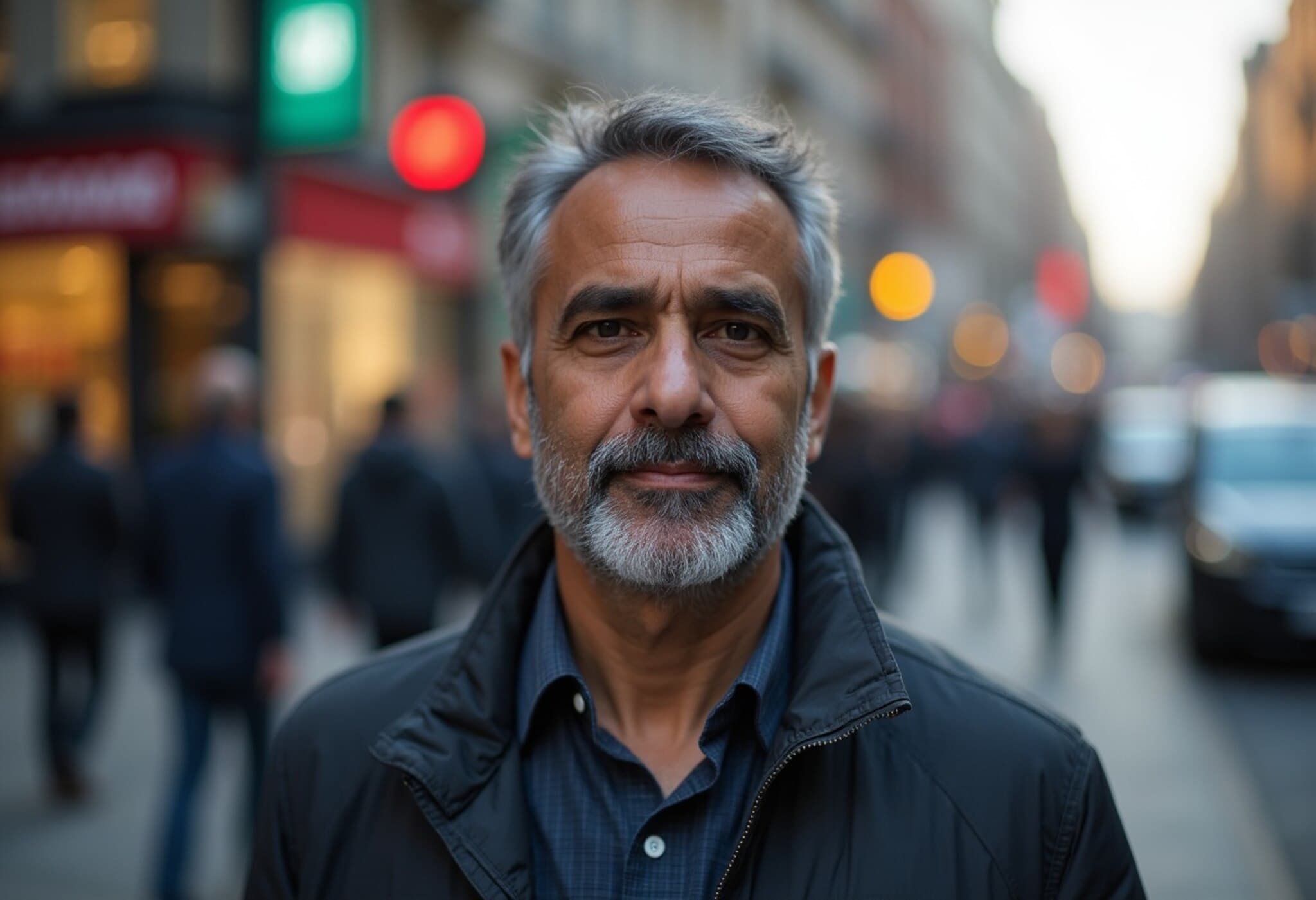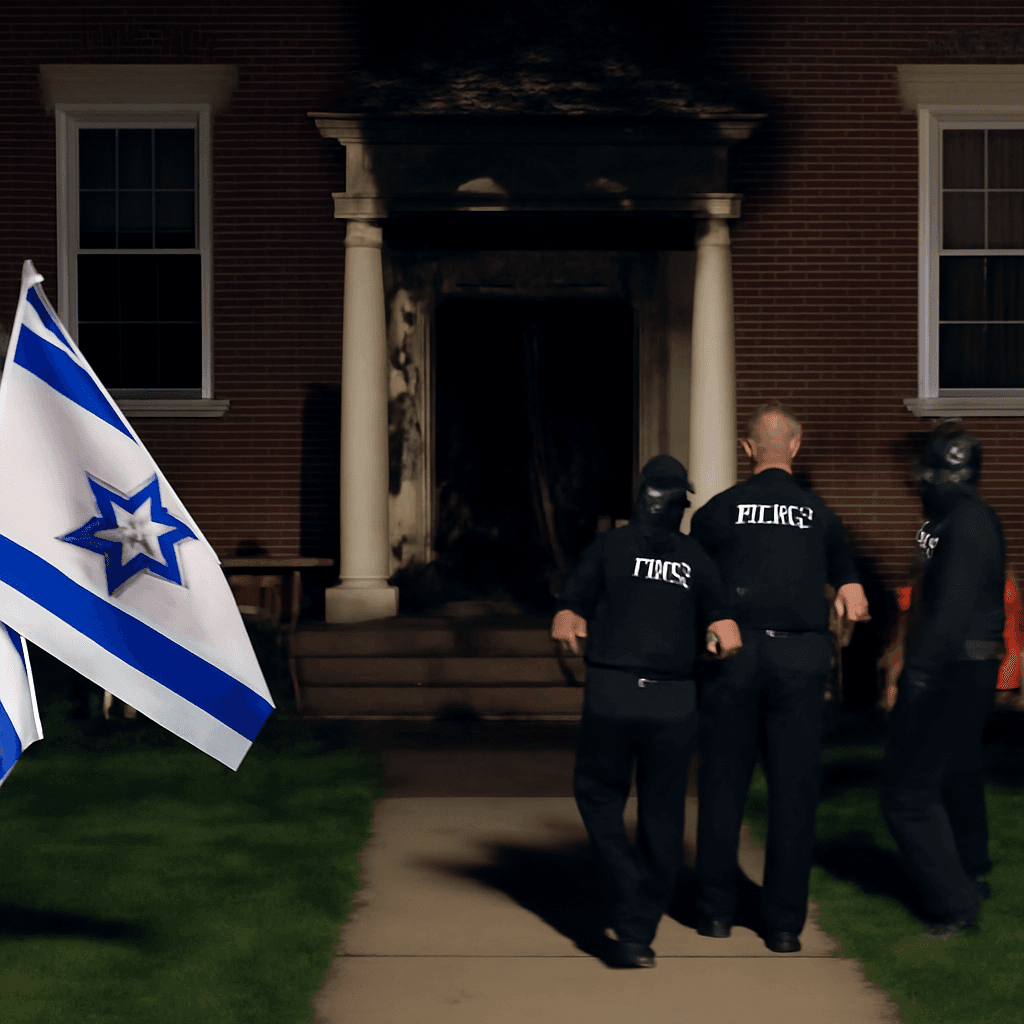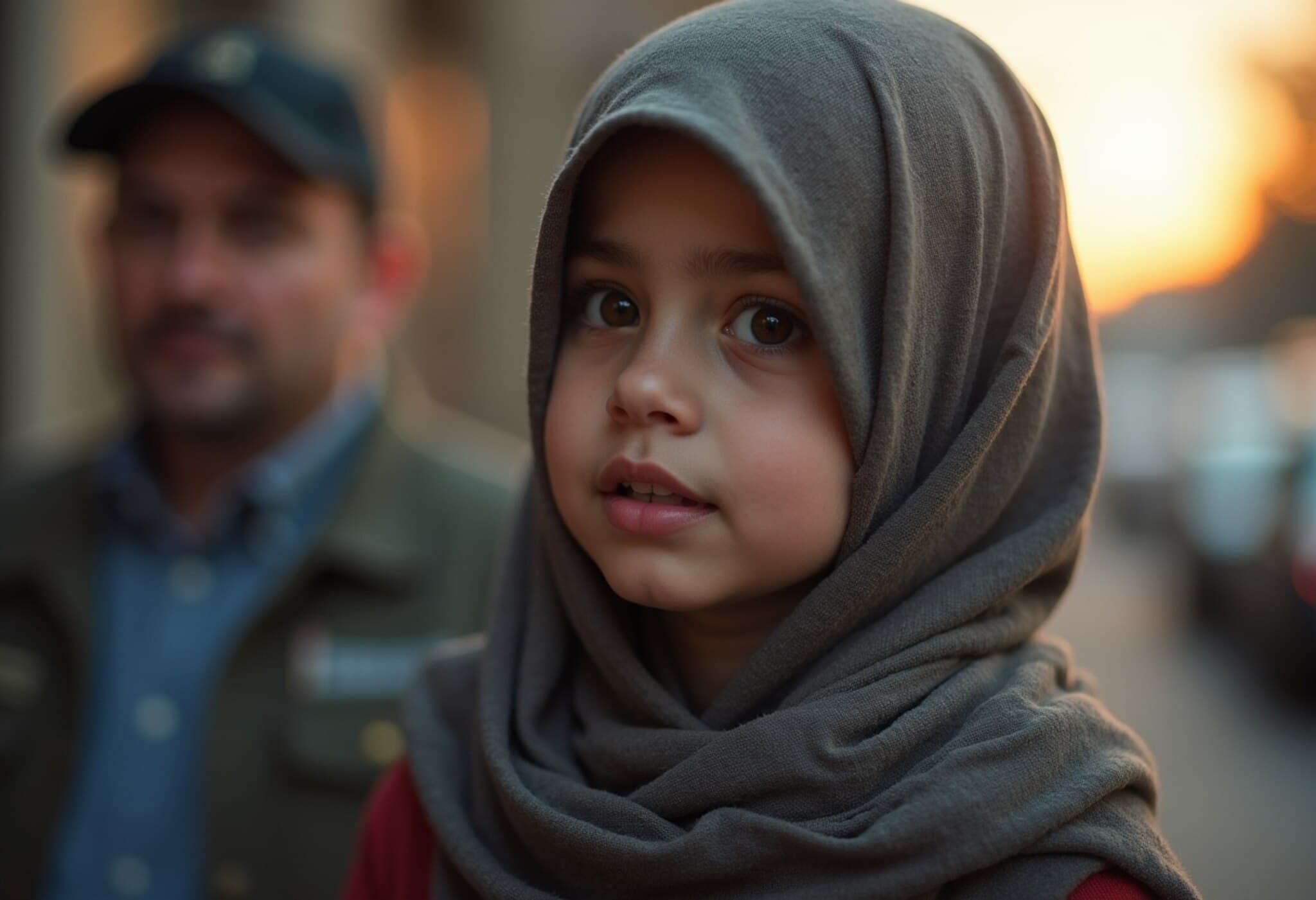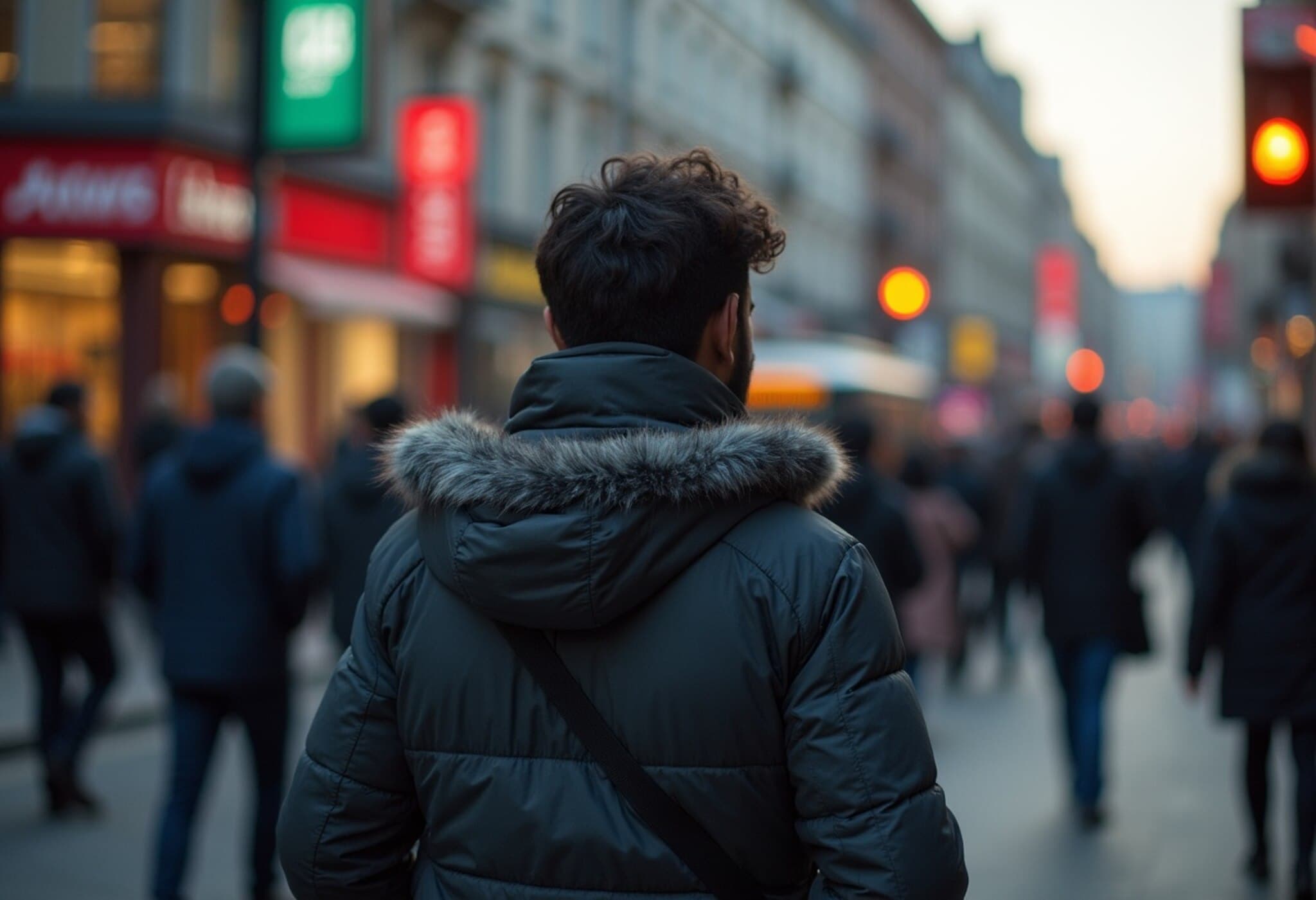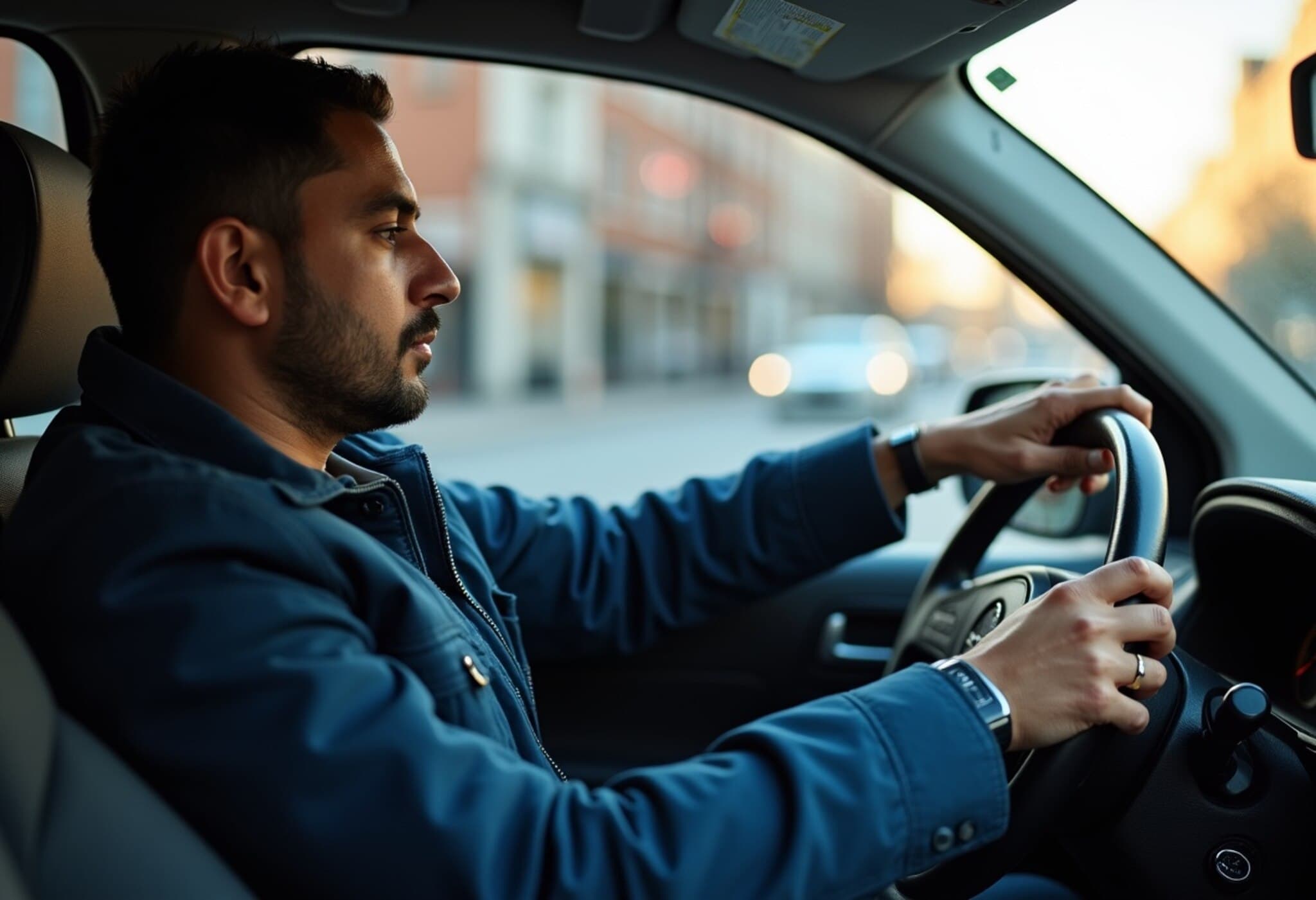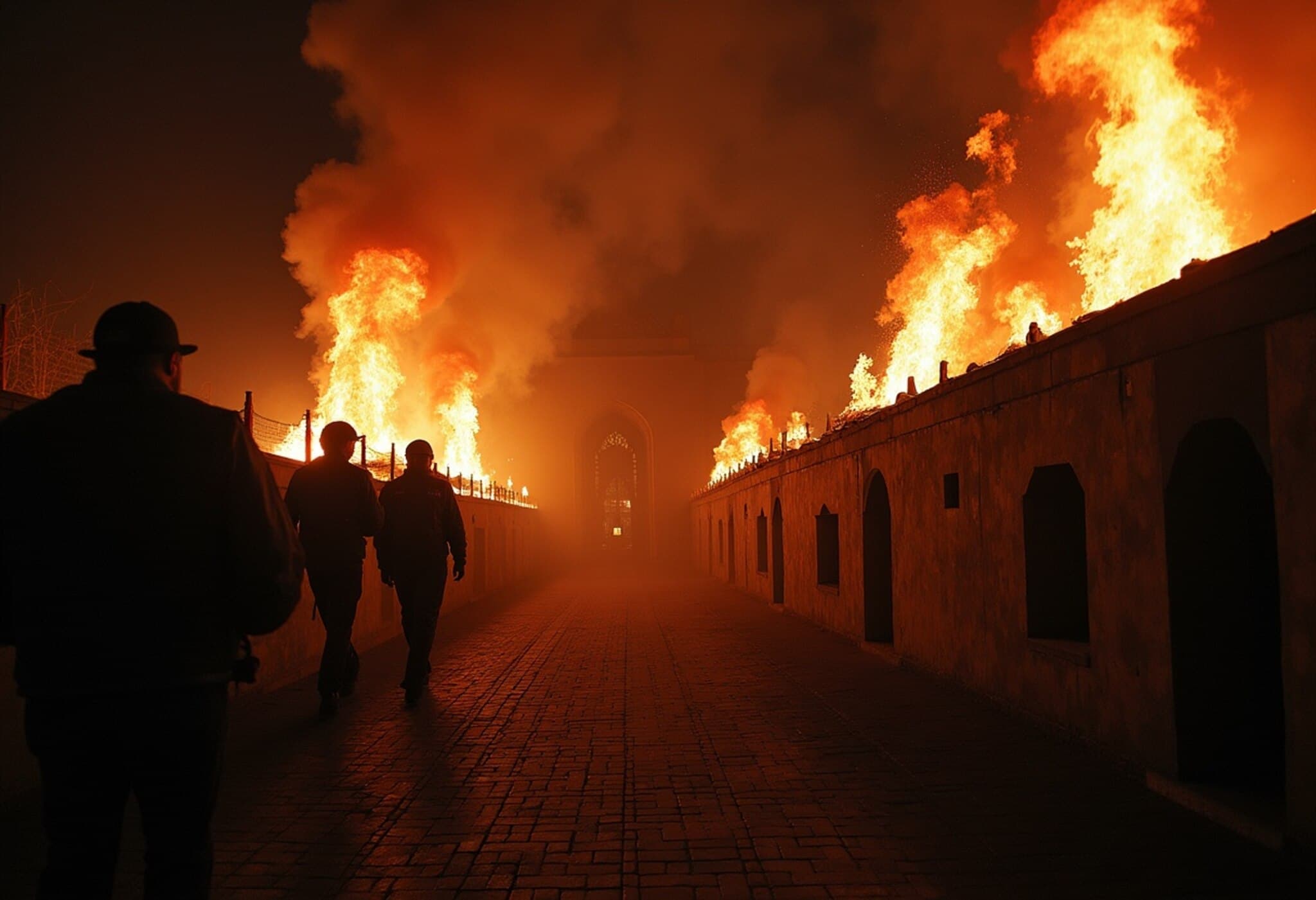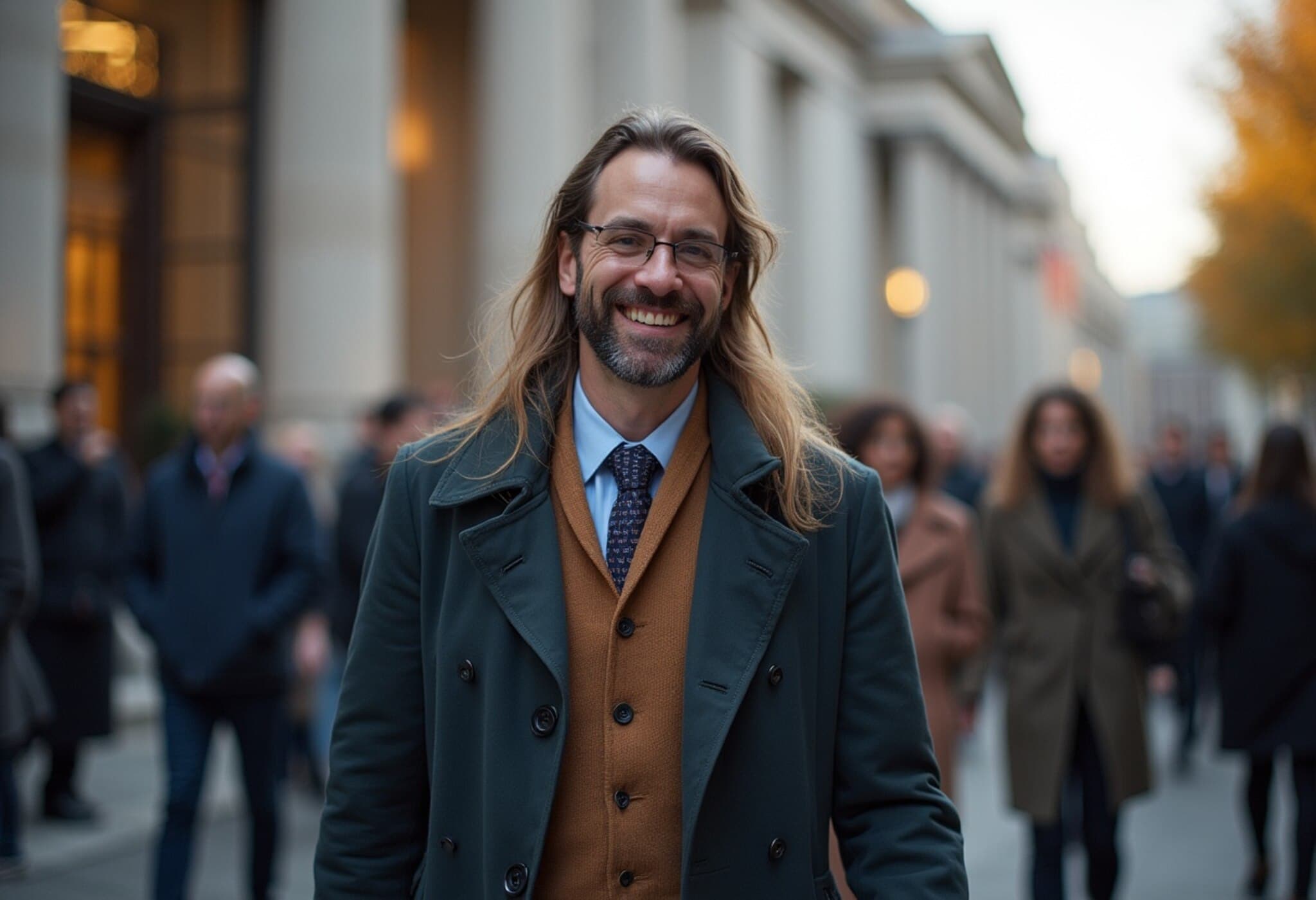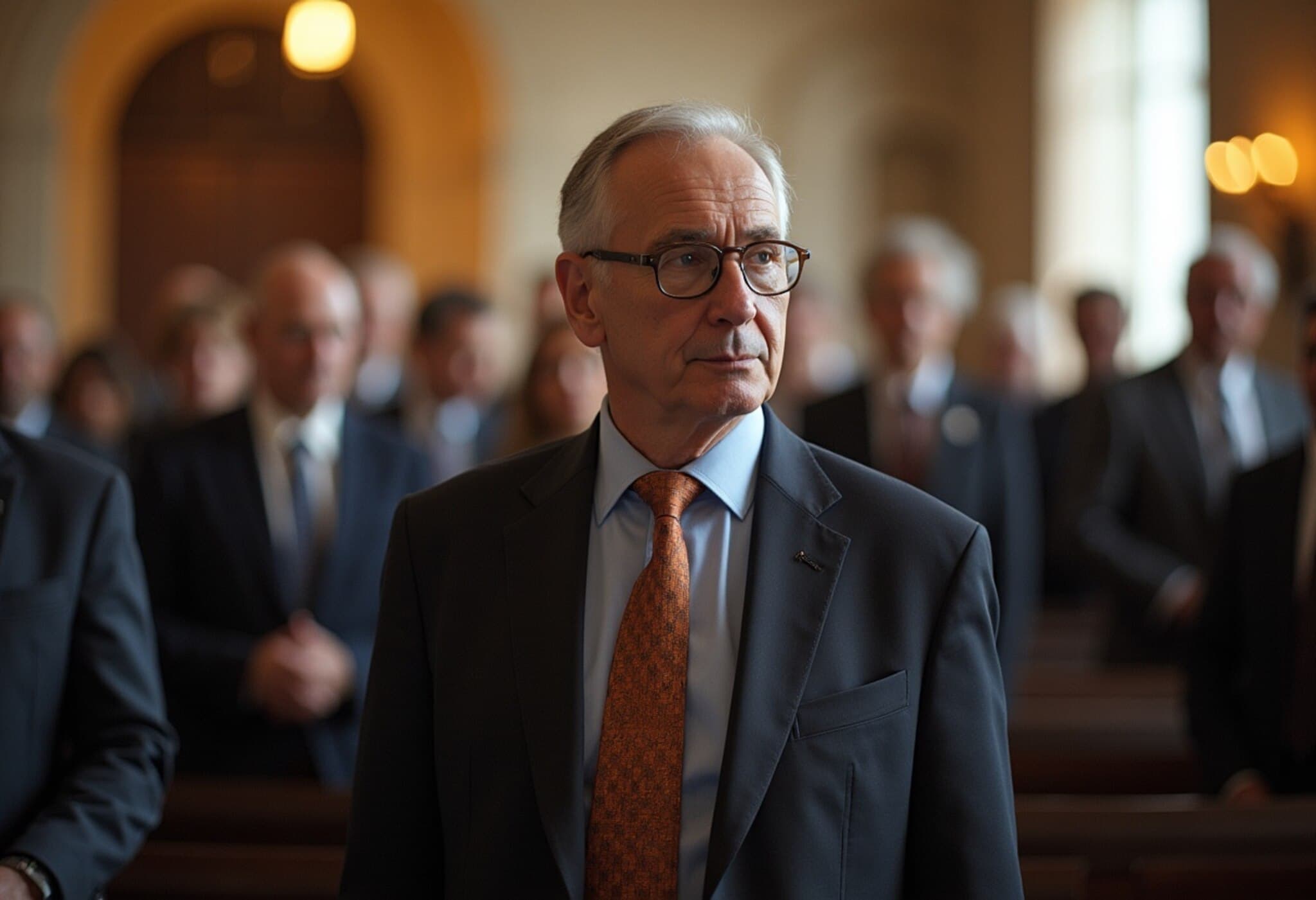Brutal Assault on Indian Man Shakes Dublin Community
On the evening of June 19th, a harrowing incident unfolded in Tallaght, Dublin, leaving the local community stunned and raising urgent questions about racial violence in Ireland. Jennifer Murray, an Irish resident, witnessed an Indian man severely injured and drenched in blood after a savage attack by a gang of teenagers and adults. The victim, new to Ireland and reportedly heading to his temple to pray, was brutally assaulted from behind, stripped of his clothes, and robbed.
A Rescuer’s Perspective: Courage in the Face of Violence
Jennifer Murray’s eyewitness account sheds crucial light on the disturbing nature of the attack. She described the victim’s condition as critical, with blood covering his entire body and a gash on his forehead—likely inflicted by makeshift weapons such as plates hidden between the attackers’ knuckles. Demonstrating remarkable compassion, Murray intervened, calling for others to back off and helping the injured man to her car. She comforted him, provided basic first aid including compression on his wounds, and sought emergency assistance.
Her emotional testimony underscores not only the physical brutality but the chilling environment of fear and misinformation that surrounds the incident. Local perpetrators sought to justify their actions by circulating false claims that the man had engaged in indecent conduct—a narrative that Murray unequivocally rejects based on her direct interaction and intuition.
The Bigger Picture: Escalating Hate Crimes Against Minorities
This assault is not an isolated event but part of a disturbing pattern emerging in Dublin’s suburbs. Multiple reports indicate a gang targeting Indian men with facial stabbings and other forms of violence within a few days prior to this attack. This trend has sparked outrage among residents and diplomatic circles alike.
Indian Ambassador to Ireland, Akhilesh Mishra, publicly condemned the attack and called into question some of the Irish media’s handling of the case, highlighting potential underreporting or misrepresentation of racially motivated violence. The attack’s timing—in broad daylight on a public street—also challenges the notion of safe urban spaces, raising critical questions about community safety and law enforcement’s role.
The Local Response and Law Enforcement Actions
Neighbors and bystanders played a key role in providing immediate aid and contacting the police, who have launched a formal investigation into the incident. This collaboration signals the community’s refusal to tolerate such violence but also points to underlying tensions that require comprehensive social and policy interventions.
Key Facts at a Glance:
- Victim: Indian man, recently arrived in Ireland
- Attack Location: Tallaght, Dublin
- Incident Date and Time: June 19, around 6 PM, broad daylight
- Attackers: Group of teenagers and adults, reportedly operating as a gang
- Victim’s Condition: Severe head injuries, stripped of personal belongings, significant blood loss
- Authorities: Irish Police investigation ongoing
Expert Commentary: Understanding the Roots and Remedies of Rising Hate Crimes
Experts on social cohesion and urban safety warn that incidents like these reflect deeper societal fractures. Dr. Fiona Walsh, a scholar in migration and integration studies, explains, “Such eruptions of violence often stem from a combination of economic insecurities, racial prejudices, and gaps in community engagement. Rebuilding trust requires not only law enforcement vigilance but inclusive policies that address the root causes, such as marginalization and misinformation.”
Furthermore, the false allegations used to rationalize violence point to the dangerous power of rumors and stereotypes, especially in areas with diverse populations learning to coexist.
What This Means for Communities and Policymakers
This tragic episode should serve as a call to amplify protective measures for minorities and reinforce hate crime legislation. Ireland, like many Western nations, has seen increased demographic diversity and with it, the pressing need to foster social harmony through education, dialogue, and swift justice.
Public institutions and media outlets must also take responsibility for accurate, sensitive reporting to avoid fueling panic or stigmatizing vulnerable groups.
Editor’s Note
The violent attack on an Indian man in Dublin reveals alarming undercurrents of racial hostility that demand national attention. Beyond condemning the perpetrators, it is imperative to ask: How does a community prevent such hatred from fester? What tools exist to safeguard newcomers and minorities? And importantly, are we listening to the voices of those like Jennifer Murray, whose courage highlights the best of human empathy amid cruelty? This incident is both a tragedy and a pivotal moment for Irish society to introspect and act decisively towards building a safer, more inclusive future.

